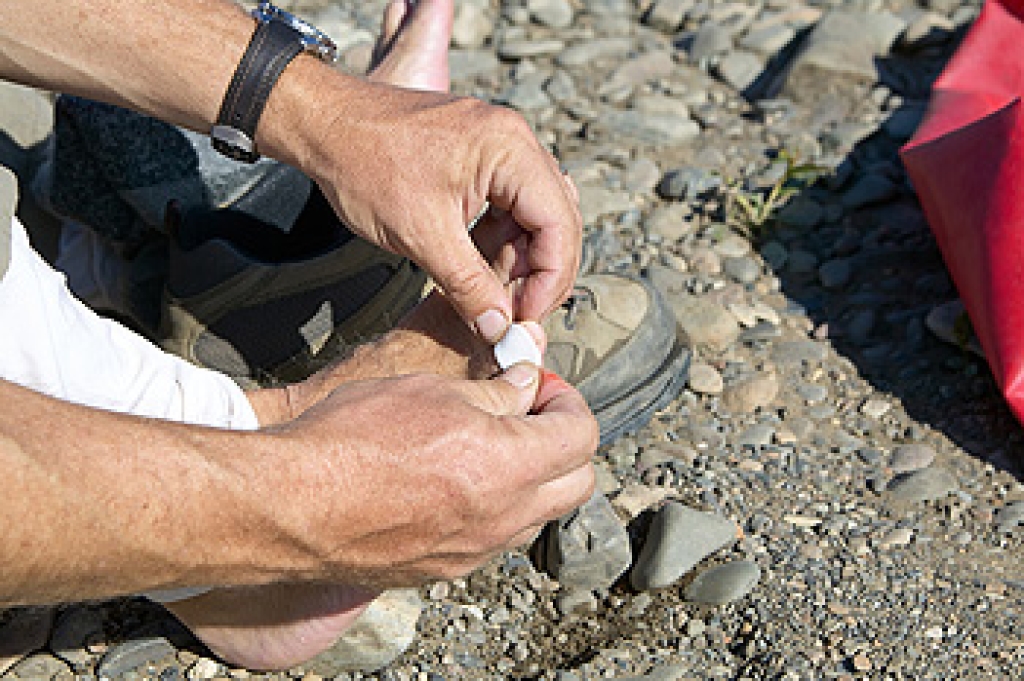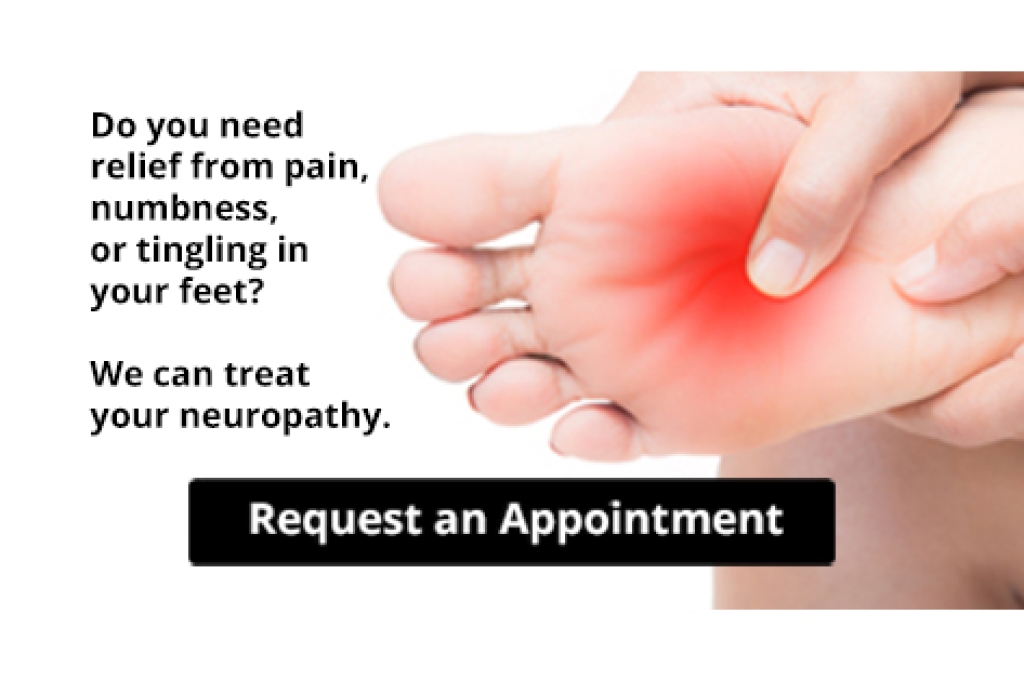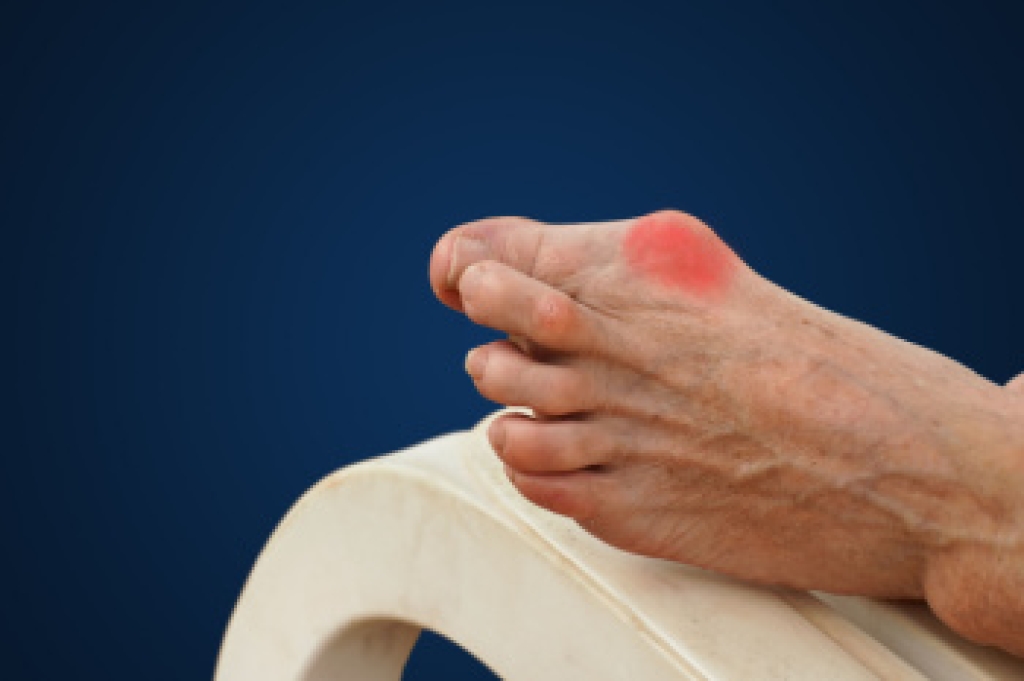
A hammertoe deformity develops when a toe bends abnormally at the middle joint, creating a fixed Z-shaped position that makes it difficult to straighten. The second toe is most commonly affected, although the third or fourth toes may also be involved. A hammertoe deformity typically develops from tendon imbalances that pull the toe into the bent position. Contributing factors include unusually long toe or metatarsal bones, improper alignment of joints in the foot, inflammatory conditions like arthritis, and years of wearing shoes with a tight or narrow toe box. Because part of the affected toe sits higher than normal, constant friction against footwear can cause corns, calluses, or open sores. Pain is often noticed while walking, and some people also feel pressure in the ball of the foot. A podiatrist can evaluate the deformity, provide effective treatment, and discuss whether surgery is necessary. If you notice changes in the structure of your toe, it is suggested that you schedule an appointment with a podiatrist for an exam and appropriate treatment.
Hammertoe
Hammertoes can be a painful condition to live with. For more information, contact one of our podiatrists from Foot & Ankle Centers of Charlotte County . Our doctors will answer any of your foot- and ankle-related questions.
Hammertoe is a foot deformity that affects the joints of the second, third, fourth, or fifth toes of your feet. It is a painful foot condition in which these toes curl and arch up, which can often lead to pain when wearing footwear.
Symptoms
- Pain in the affected toes
- Development of corns or calluses due to friction
- Inflammation
- Redness
- Contracture of the toes
Causes
Genetics – People who are genetically predisposed to hammertoe are often more susceptible
Arthritis – Because arthritis affects the joints in your toes, further deformities stemming from arthritis can occur
Trauma – Direct trauma to the toes could potentially lead to hammertoe
Ill-fitting shoes – Undue pressure on the front of the toes from ill-fitting shoes can potentially lead to the development of hammertoe
Treatment
Orthotics – Custom made inserts can be used to help relieve pressure placed on the toes and therefore relieve some of the pain associated with it
Medications – Oral medications such as anti-inflammatories or NSAIDs could be used to treat the pain and inflammation hammertoes causes. Injections of corticosteroids are also sometimes used
Surgery – In more severe cases where the hammertoes have become more rigid, foot surgery is a potential option
If you have any questions, please feel free to contact our offices located in Punta Gorda and Port Charlotte, FL . We offer the newest diagnostic and treatment technologies for all your foot care needs.




